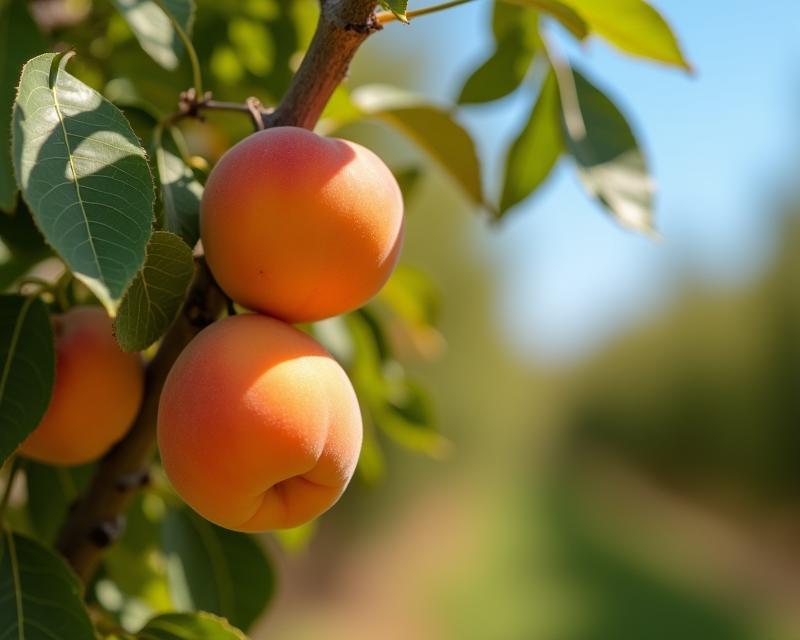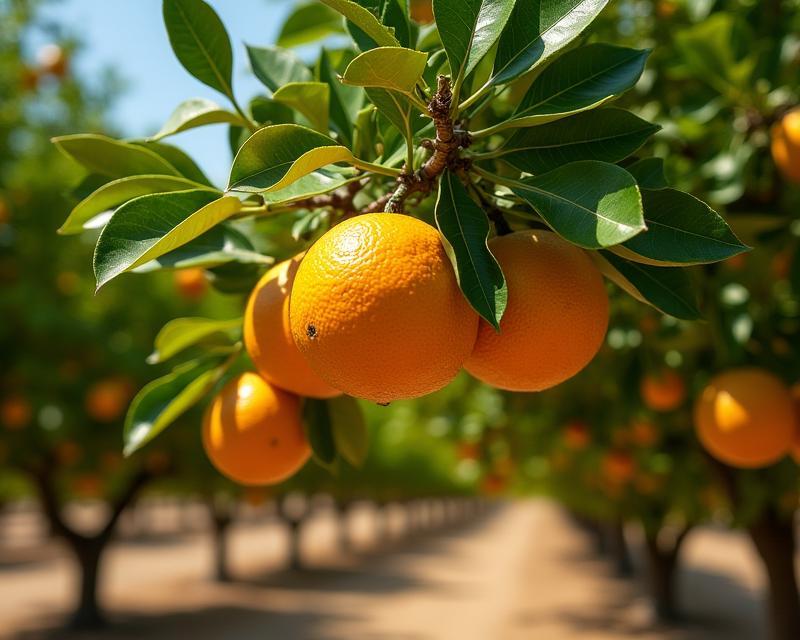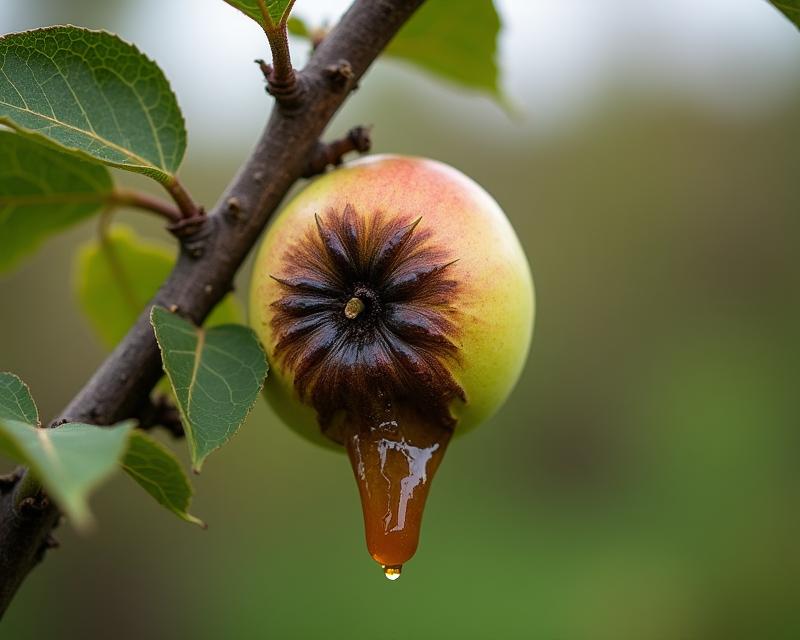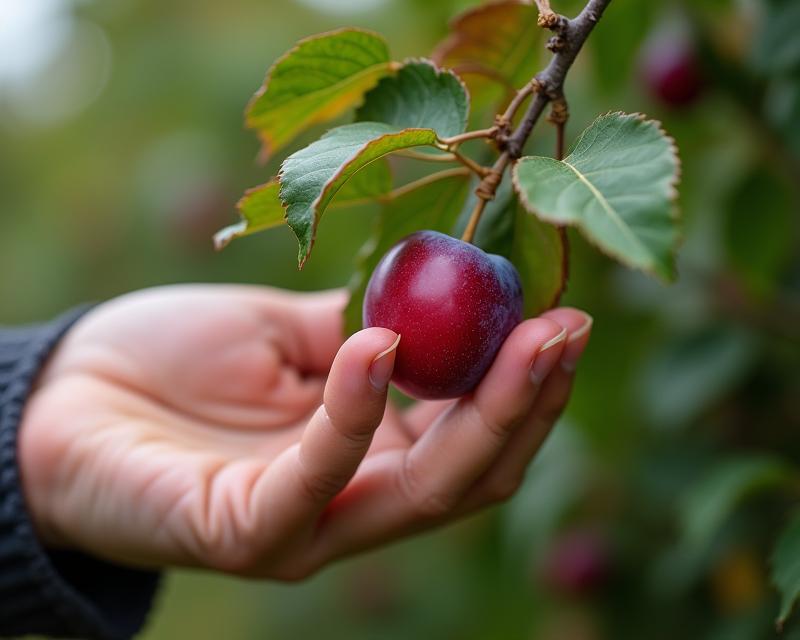Growing Delicious Apricots: A Farmer's Guide
Publish in Crops el 03/07/2025 17:18
Growing Delicious Apricots: A Farmer's Guide
Apricots are a delightful addition to any orchard, offering a sweet and tangy treat. But growing healthy, productive apricot trees requires a little knowledge and care. This guide will walk you through the essential aspects of apricot tree care, from sunlight and water to pruning and climate considerations.

Sunlight: The Key to Sweetness
Apricot trees are sun-worshippers! They need at least 6-8 hours of direct sunlight per day to thrive and produce the best fruit. More sun means sweeter, more flavorful apricots. Choose a planting location that receives ample sunlight throughout the day. If your location has partial shade, consider planting your apricot tree where it will receive the most sun possible. Insufficient sunlight can lead to poor fruit set and smaller, less flavorful fruit.
Watering: Finding the Right Balance
Consistent watering is crucial, especially during the growing season and fruit development. Young trees need regular watering to establish a strong root system. Established trees are more drought-tolerant, but still benefit from regular irrigation, particularly during dry spells. Aim for deep, infrequent watering rather than shallow, frequent watering. This encourages deep root growth, making the tree more resilient. Avoid overwatering, as this can lead to root rot. Monitor the soil moisture regularly and adjust your watering schedule accordingly. A good rule of thumb is to water when the top few inches of soil feel dry to the touch.
Pruning: Shaping for Success
Pruning is essential for maintaining the health and productivity of apricot trees. The best time to prune is in late winter or early spring, before new growth begins. Pruning helps to remove dead, damaged, or crossing branches, improves air circulation, and encourages fruit production. Focus on opening up the center of the tree to allow sunlight to penetrate. Remove any branches that grow inward or downward. Young trees need more pruning than mature trees. Regular pruning will keep your apricot tree healthy and productive for years to come.
Climate Considerations
Apricot trees are relatively hardy, but they prefer moderate climates with warm summers and cool winters. They can tolerate temperatures down to 10°F (-12°C), but prolonged exposure to extreme cold can damage the tree. In warmer climates, they may need protection from late frosts. Consider selecting apricot varieties that are well-suited to your specific climate. Consult with your local agricultural extension office for recommendations on the best varieties for your area. Proper care and attention to these factors will help you enjoy a bountiful harvest of delicious apricots for years to come!





